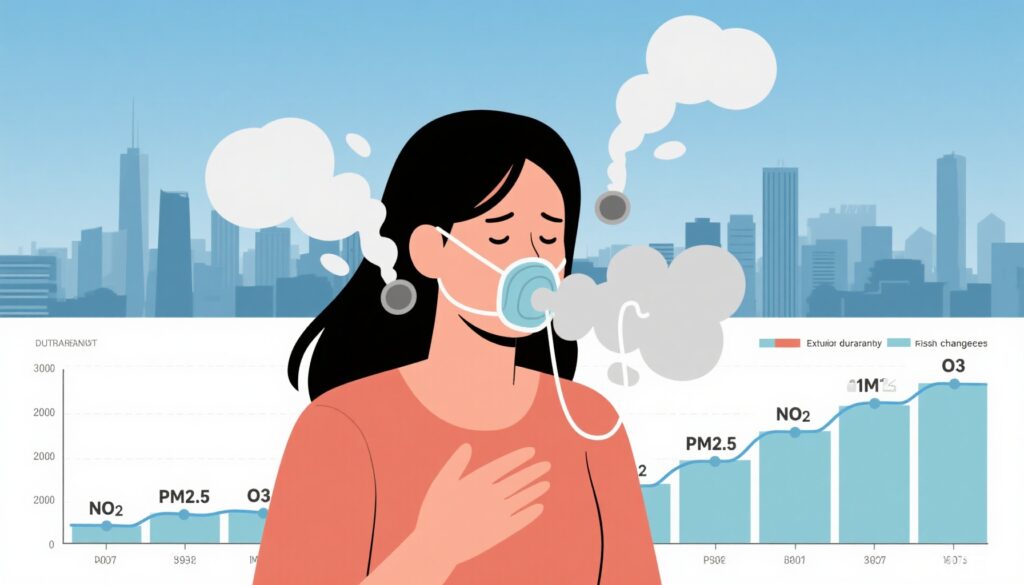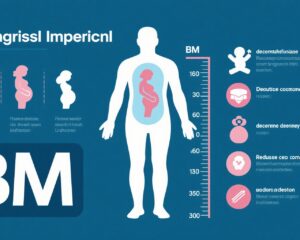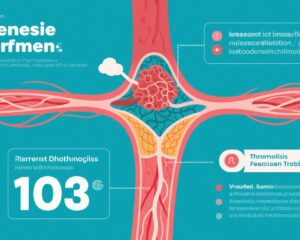Highlights
- Long-term (48-month) exposure to ambient nitrogen dioxide (NO2) is independently associated with increased risk of asthma exacerbations in women.
- Higher exposures to fine particulate matter (PM2.5) also show association with asthma exacerbation in single-pollutant models, but this effect attenuates after adjustment for co-pollutants.
- Ozone (O3) levels increased over the study period but were not significantly linked to asthma exacerbation risk in adjusted analyses.
- Adherence to a plant-based diet does not modify the relationship between air pollution exposure and asthma exacerbation risk.
Background
Asthma remains a significant chronic respiratory condition affecting millions worldwide, with exacerbations often triggered by environmental factors including air pollution. Persistent exposure to ambient air pollutants such as nitrogen dioxide (NO2), particulate matter (PM2.5), and ozone (O3) has been implicated in asthma morbidity. Despite regulatory efforts reducing some pollutants, questions remain regarding the thresholds at which long-term ambient exposures influence asthma control and the role of lifestyle factors such as diet in modifying risk. Prior studies have largely addressed short-term pollution exposures; this study fills a critical gap by evaluating long-term exposures over 48 months and their links to clinically relevant asthma exacerbations in a well-characterized female cohort.
Key Content
Study Design and Population
The Nurses’ Health Study II provided a prospective longitudinal framework to assess the impacts of air pollution and diet on asthma outcomes. Researchers analyzed data from 4326 women (mean age 43 years, 96.7% White) with physician-diagnosed asthma and documented medication use during two key periods: 1997-1998 and 2013-2014. Asthma exacerbation was defined rigorously as any hospital admission, emergency department visit, or urgent care encounter for uncontrolled asthma within the preceding year.
Exposure Assessment
Residential ambient concentrations of PM2.5, NO2, and O3 were estimated over 48-month intervals preceding asthma exacerbation assessments. Notably, median PM2.5 levels decreased from 13.7 μg/m3 (1993-1997) to 8.9 μg/m3 (2009-2013), and NO2 concentrations halved from 12.0 ppb to 6.6 ppb. Contrarily, O3 concentrations modestly increased during this period from 25.5 ppb to 27.8 ppb, thus enabling evaluation of differential pollutant trends.
Dietary Assessment
The study uniquely examined the modifying effect of diet by categorizing participants’ food intake via a validated food-frequency questionnaire every 4 years. The Plant-Based Diet Index (PDI), scored 18–90, differentiated plant-based from animal-based food consumption. Despite hypothesized anti-inflammatory benefits of plant-based diets, no significant interactions emerged between PDI scores and pollutant exposure effects on asthma exacerbation risk.
Findings on Pollution and Asthma Exacerbations
Adjusted single-pollutant logistic regression models revealed that higher PM2.5 and NO2 exposures were associated with significantly increased odds of asthma exacerbation (aOR 1.43, 95% CI 1.14–1.80 for PM2.5; aOR 1.25, 95% CI 1.12–1.38 for NO2). However, multipollutant models adjusting for co-exposures confirmed that only NO2 remained significantly linked to exacerbation risk (aOR 1.23, 95% CI 1.06–1.42), while PM2.5 and O3 effects attenuated.
Temporal Trends and Exposure Levels
The study period reflected substantial improvements in ambient air quality standards for PM2.5 and NO2, yet the persistent association of NO2 at relatively low concentrations signals ongoing risk. Increasing O3 levels did not translate into exacerbation risk, suggesting pollutant-specific pathophysiologic mechanisms. Contextualizing ambient levels with health outcomes is pivotal for refining regulatory thresholds.
Expert Commentary
This rigorous cohort analysis reinforces NO2 as a critical pollutant adversely impacting asthma control in women, independent of dietary influences. Nitrogen dioxide, primarily derived from traffic-related emissions, likely exacerbates airway inflammation and hyperresponsiveness through oxidative stress and immune modulation. The attenuation of PM2.5 impact in multipollutant models suggests collinearity and differential potency among pollutant types.
The lack of modulation by plant-based diet adherence challenges assumptions of dietary antioxidants or anti-inflammatory components mitigating pollution-related respiratory risks, at least within exposure and population parameters studied. The findings advocate for stricter air quality regulations targeting nitrogen oxides and underscore the urgent need to explore additional personal and environmental interventions to enhance resilience in susceptible subpopulations.
Limitations include the predominance of White women, limiting generalizability, and potential residual confounding despite comprehensive adjustments. Nonetheless, the comprehensive long-term exposure assessment and validated outcome definitions strengthen causal inference.
Conclusion
This study advances understanding of environmental determinants of asthma morbidity by demonstrating that prolonged ambient NO2 exposure is independently associated with increased asthma exacerbations in women, even at exposure levels below current standards. The null modifying effect of a plant-based diet highlights the complex interplay of environmental and lifestyle factors. Clinicians and policymakers should prioritize strategies lowering NO2 emissions and investigate individualized approaches to reduce exacerbation risk among vulnerable asthma patients.
References
- Wang JG, Li W, Liu B, Varraso R, Wharton R, Ponce J, Hart JE, Camargo CA Jr, Hanson C, Bose S. Long-term Air Pollution Exposure, Plant-based Diet and Asthma Exacerbations in the Nurses’ Health Study II. Ann Am Thorac Soc. 2025 Jul 28. doi: 10.1513/AnnalsATS.202501-054OC. Epub ahead of print. PMID: 40720872.



